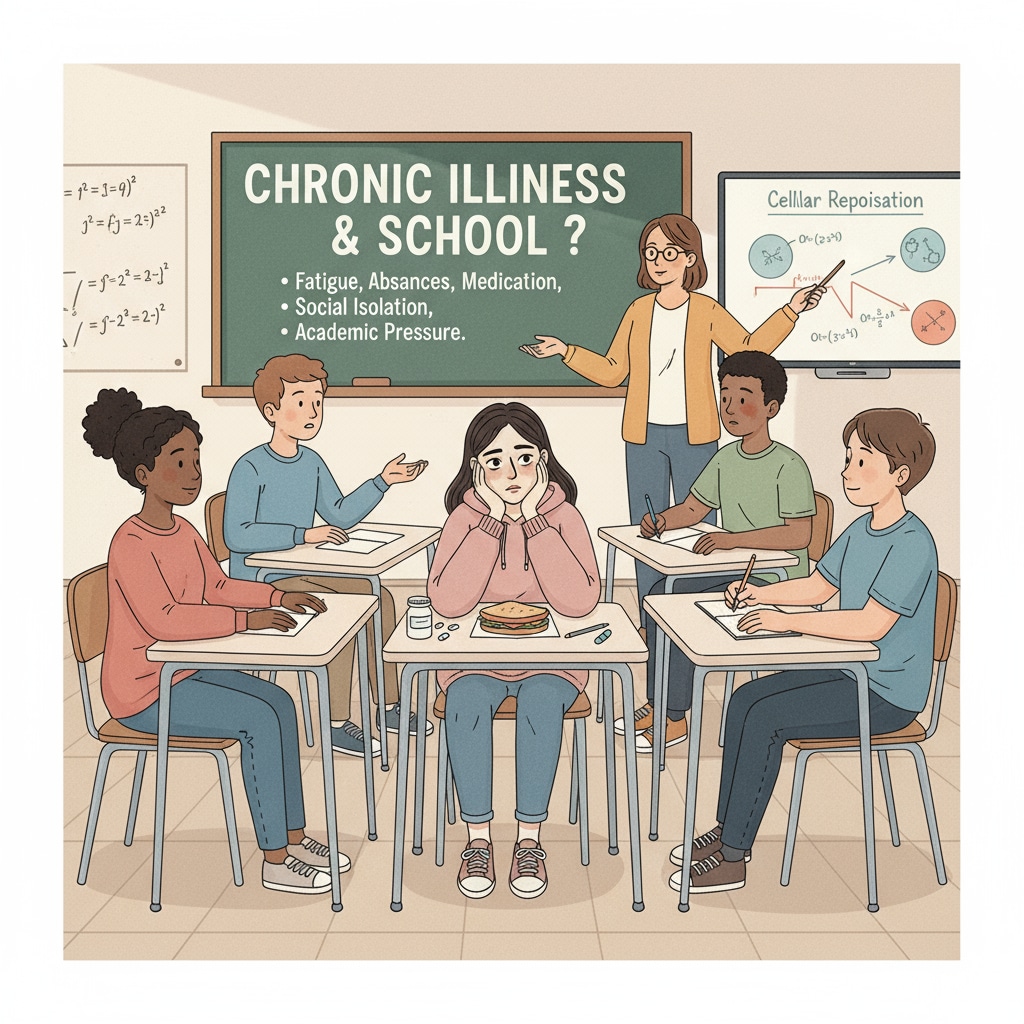Chronic diseases, high school graduation, and GED are significant topics when considering the educational journey of teenagers with health issues. Adolescents dealing with chronic diseases often encounter a unique set of challenges in the traditional high school setting. These challenges can range from frequent absences due to medical appointments and treatments to difficulties in keeping up with the academic pace. However, alternative educational paths like the General Educational Development (GED) and online learning are emerging as viable solutions to help these students achieve their high school graduation dreams.

The Struggles of Chronic Disease Adolescents in High School
Adolescents with chronic diseases face numerous hurdles in high school. For example, physical fatigue resulting from their conditions can make it hard for them to focus in class. In addition, the stress of managing their health and studies simultaneously can take a toll on their mental well-being. According to CDC research on adolescent health, many students with chronic diseases miss significant amounts of school, which can lead to gaps in their learning.

The Role of GED in Alternative Education
The GED offers a flexible alternative for these students. It allows them to earn a high school equivalency diploma without attending a traditional high school full-time. This is particularly beneficial for those who cannot keep up with the regular school schedule due to their health issues. As stated on the official GED website, the GED tests cover various subjects, enabling students to demonstrate their knowledge and skills. By obtaining a GED, chronic disease adolescents can open doors to further education and career opportunities.
Online learning is another powerful alternative. It provides the flexibility for students to learn at their own pace and from the comfort of their homes. This means they can better manage their health while still pursuing their education. There are many reputable online learning platforms that offer high-quality courses for high school students. These platforms often have features like recorded lectures and interactive assignments, which can enhance the learning experience for chronic disease adolescents.
Readability guidance: In summary, the challenges faced by chronic disease adolescents in high school are significant, but alternatives like GED and online learning offer hope. These options can help them overcome their limitations and achieve high school graduation, paving the way for a brighter future. By leveraging these alternative educational paths, we can ensure that every student, regardless of their health condition, has the opportunity to reach their full potential.


